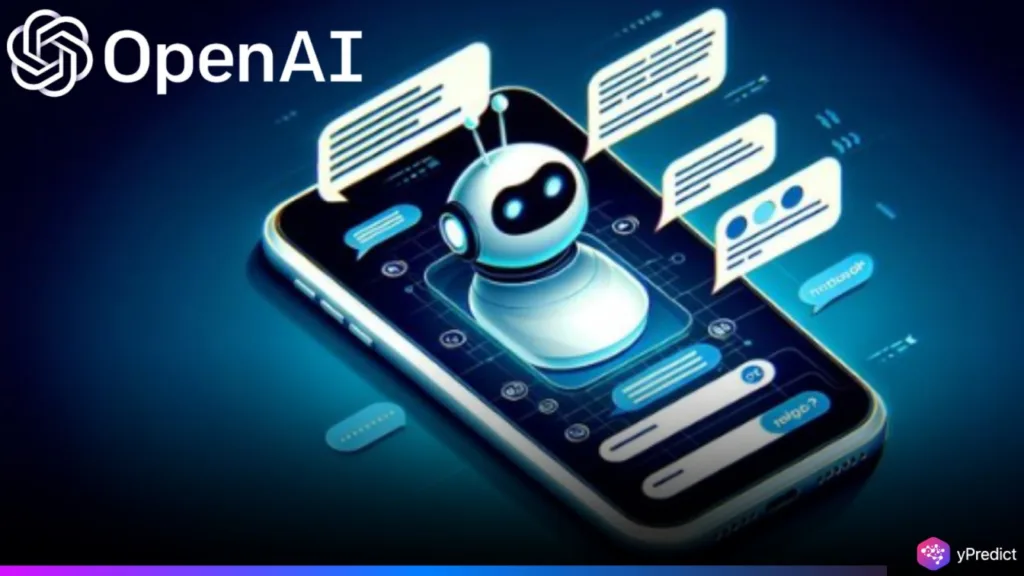
OpenAI is expanding beyond artificial intelligence by launching a feature that lets users sign into third-party apps using ChatGPT credentials. Named “Sign in with ChatGPT,” the feature positions OpenAI to challenge tech giants like Google and Apple in digital authentication services. Currently in early access, the program invites developers to integrate ChatGPT login functionality directly into their platforms and user-facing applications. If widely adopted, it could reshape how users access AI tools and online services through secure, AI-enhanced authentication systems.
Sign in with ChatGPT: A New Gateway for AI-Powered Access
OpenAI is developing an authentication feature that lets users access third-party services using their ChatGPT credentials for seamless integration. This move signals OpenAI’s broader ambition to embed itself deeper into the digital consumer ecosystem and challenge dominant identity providers. The company quietly unveiled the upcoming “Sign in with ChatGPT” feature on its official website earlier this week.
Alongside the announcement, OpenAI has actively contacted developers, encouraging them to explore adding the new login feature to platforms. The company collects developer information through an online form, covering user base size, AI monetization methods, and existing OpenAI API usage. Responses range from platforms with under 1,000 to more than 100 million weekly users, offering insight into potential adoption at scale.
OpenAI aims to become a key player in online identity by offering a login system similar to Google, Apple, or Facebook. This strategic move reduces user friction across platforms and places ChatGPT at the center of more frequent digital interactions. It also paves the way for deeper AI integration into everyday online experiences, enhancing convenience and expanding OpenAI’s ecosystem influence.
The concept of an OpenAI-powered sign-in tool is not entirely new. CEO Sam Altman originally hinted at the prospect in 2023, stating that the function might be implemented in 2024. While no official release date has been announced, the renewed effort in 2025 indicates a more deliberate effort to bring the notion to reality.
As of now, it remains unclear which third-party apps will support the login feature at launch or when it will become widely available.
Developer-Centric Approach with Early Access Incentives
Earlier this month, OpenAI released a preview for developers via Codex CLI, their open-source scripting interface for command-line environments. In this early version, developers could connect their ChatGPT accounts (Free, Plus, and Pro tiers) to their API accounts. To encourage participation, OpenAI provided incentives, including $5 in API credits for Plus users and $50 for Pro users. Developers are asked to share information about their products, user demographics, and monetization strategies as part of the onboarding process.
Moreover, Developers interested in implementing the sign-in feature can apply through a dedicated form on OpenAI’s website. The form asks for detailed information about app usage, audience demographics, and monetization strategies.
ChatGPT’s growing popularity as a consumer application lends credibility to this project. According to Google’s last court filing, the network currently has an estimated 600 million monthly active users. Leveraging its enormous user base, OpenAI is eager to grow beyond conversational AI into areas such as e-commerce, social networking, and potentially even hardware.
Conclusion
OpenAI’s upcoming “Sign in with ChatGPT” feature is a strategic move into digital identification. The startup hopes to simplify authentication and increase user trust by leveraging its large user base and artificial intelligence infrastructure. This approach positions OpenAI to compete against big identity suppliers such as Google and Apple.
More than just a login tool, the feature embodies a larger vision of integrating AI into the heart of digital interactions. As ChatGPT becomes more fundamental to online productivity, this step has the potential to change how people access and interact with the internet.






